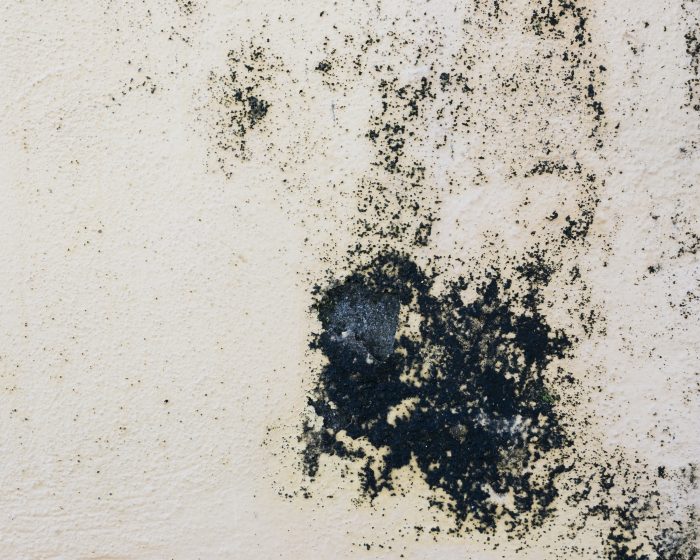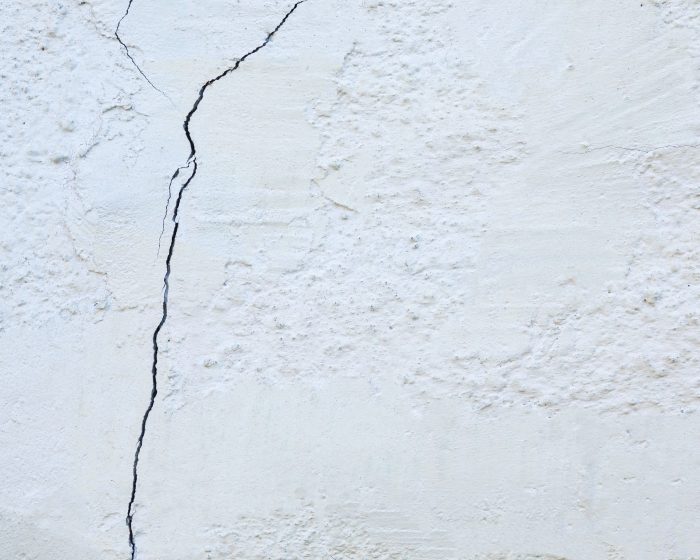Comprehensive and Fast Rising Damp Inspection for a Healthy Property
Is your home showing signs of moisture or dampness? Rising damp can compromise the structural integrity of your property. At Premium Building & Pest Inspections, we offer professional Rising Damp Inspections across Melbourne, ensuring compliance with Victorian Building Authority (VBA) guidelines. Our experts use the latest tools to detect moisture problems before they cause significant damage. Get same-day inspections and a detailed report to help safeguard your property.
Identify and assess moisture levels in walls, floors, and subfloor areas. We provide actionable solutions to prevent structural damage.
After our inspection, we offer expert recommendations on damp-proofing treatments that comply with VBA standards.
Using advanced moisture meters and thermal imaging, we measure moisture levels and pinpoint areas of concern..
Through our experience, we often encounter the following problems during Rising Damp inspections:


All our inspectors are VBA-certified, experienced, and familiar with Melbourne’s unique environmental conditions.
Our inspections cover all affected areas, including walls, flooring, and sub-floor spaces, to identify the source of rising damp.
We use advanced moisture meters and thermal imaging tools to ensure accurate assessments.
We offer competitive pricing for our rising damp inspections without compromising on quality.
Rising damp occurs when moisture from the ground travels up through porous building materials, such as bricks and mortar, due to capillary action. It is often caused by the absence or failure of a damp-proof course.
Signs of rising damp include damp patches or tide marks on walls, peeling paint, crumbling plaster, and a musty odor. If you notice any of these, it’s best to get a professional inspection.
Rising damp can lead to structural damage, cause wood rot, and promote the growth of mold and mildew, posing health risks and reducing property value.
The inspection typically takes 1-2 hours, depending on the size of the property and the extent of the damp issues.
Solutions include installing a damp-proof course, improving ventilation, and applying waterproofing treatments to affected areas.
Our report includes moisture readings, photos of affected areas, and a detailed description of the findings along with recommendations for treatment.
